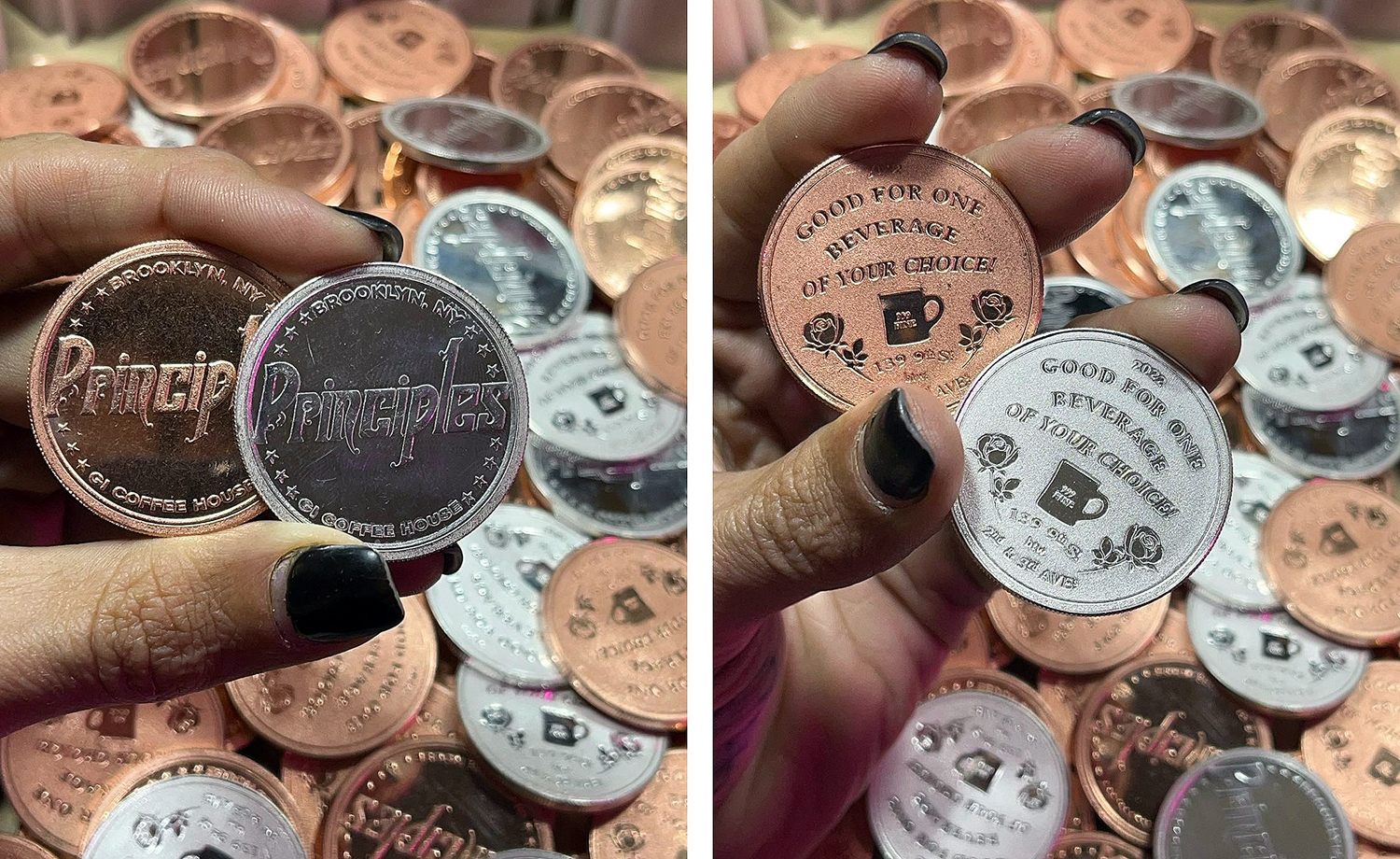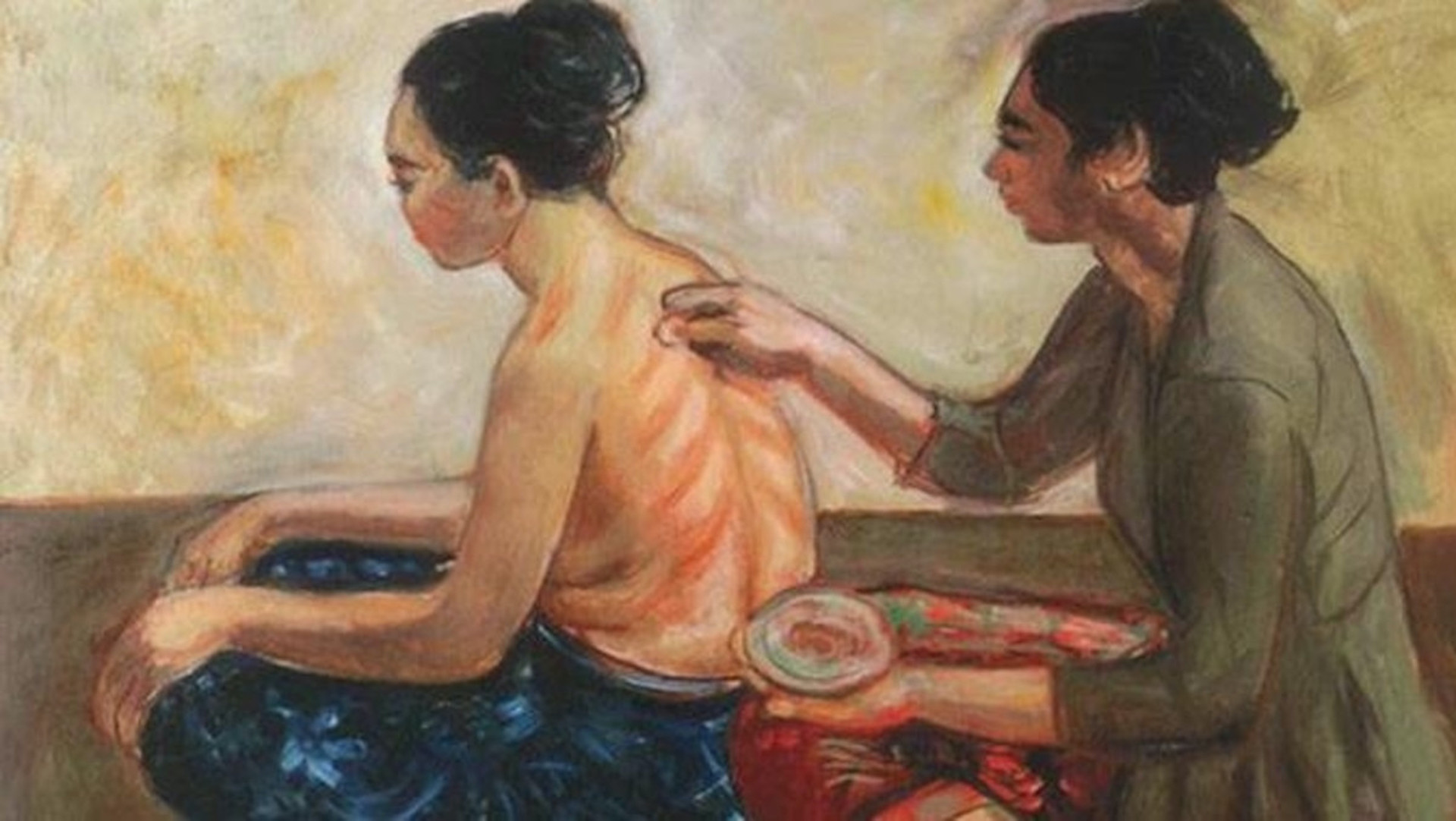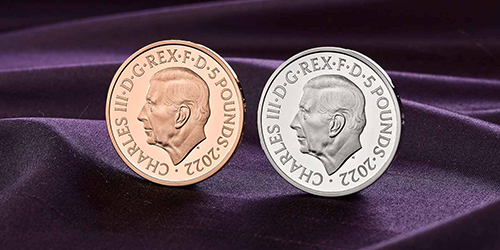A Canadian Encounter: Stamped Tokens from the Spanish Civil War
On a recent trip to Montreal—which seems to date from a million years ago under the current lockdown—I noticed an antique store, full of memorabilia of all kinds. It was run by two men, the older of them the son of a Jewish man who had fought on the Republican side of the Spanish Civil War, then escaped to France, and again to Canada before the Nazis invaded. Many Spanish fighters had been interned in France in 1939, and most managed to escape or were freed by their French guards in 1940, often joining the underground army that fought against the occupiers until 1944.
The shop offered an unbelievable assortment of bric-à-brac, including old vinyl recordings, pictures, paintings, clothes, vintage household equipment, etc. I noticed a display of old coins, including few Roman bronzes. Among them were intriguing round cardboard coin-sized objects with Spanish-language stamps glued on one side. The owner explained they came from the Civil War, and had been used as emergency coinage. The obverse (?) displays the Spanish crowned arms, and the reverse an affixed stamp. He had four of them left, all of them with 10 centimos stamps, selling them for $3 (Canadian) each. I snapped them up as a nice souvenir from that trip to Montreal, and started researching their numismatic background.
Not surprisingly, the Republic of Spain had run short of cash shortly after the outbreak of the Civil War. The fractional coins—centimos—created by the coinage reform of 1869 had been issued in copper, bronze, and later cuppronickel. With even base metal in short supply, they vanished from circulation after 1936. Some issues in iron were attempted in 1937 and 1938, and barely circulated. The Nationalist side had their own copper and aluminium-bronze coinage minted in Vienna by their German backers. Paper Notgeld was issued as well by a range of local authorities.
These small pieces of circular board with the Spanish coat of arms printed on one side were issued in 1938 only it seems. Stamps were then affixed onto the reverse to give each piece a value.
The use of stamps on currency has occurred throughout the twentieth century for a variety of reasons. After the disintegration of the Austrian Empire in 1918, several successor states sort of nationalized the old imperial banknotes with stamps, to make them legal tender inside their new borders—Yugoslavia and Czekoslovakia for instance. A similar phenomenon occurred in East Germany and Japan, older banknotes’ legal tender being affirmed by the affixing of recent and politically acceptable stamps. In inflation-stricken 1945 Hungary, using stamps on banknotes represented an ill-fated attempt at curbing price increase. Lack of coinage led the French colonial authorities in various African territories in the early twentieth century to glue stamps on rectangular cardboards as provisional currency, soon to be replaced when coins and banknotes became available.
However, the Spanish Civil War scheme of using these carboard disks supplemented by stamps seems almost unique, maybe inspired by a comparable experiment—the US Civil War-era Encased Postage Stamps.
Emergency currencies have a long history obviously, and one may have in mind the Card Money of New France, that started as emergency currency to pay the soldiers in 1685, but circulated until the fall of Quebec in 1759. Much older, one of the first attested emergency coinage ever used belongs to the Athenian military commander Timotheus. He minted a range of bronze issues to pay his military expenses during a military campaign in the North Aegean region, probably around 362 BCE, after Perdiccas of Macedon had withdrawn his support. The coins were inspired by the regular Athenian silver series, with several key differences showing that it did not become official coinage. They would have been convertible into silver coins, so that merchants and soldiers accept them—see Kenneth A. Sheedy, “The Emergency Coinage of Timotheus (364–362 BC), in U. Wartenberg and M. Amandry (eds.), ΚΑΙΡΟΣ: Contributions to Numismatics in Honor of Basil Demetriadi, American Numismatic Society, 2015, pp. 203–24.





